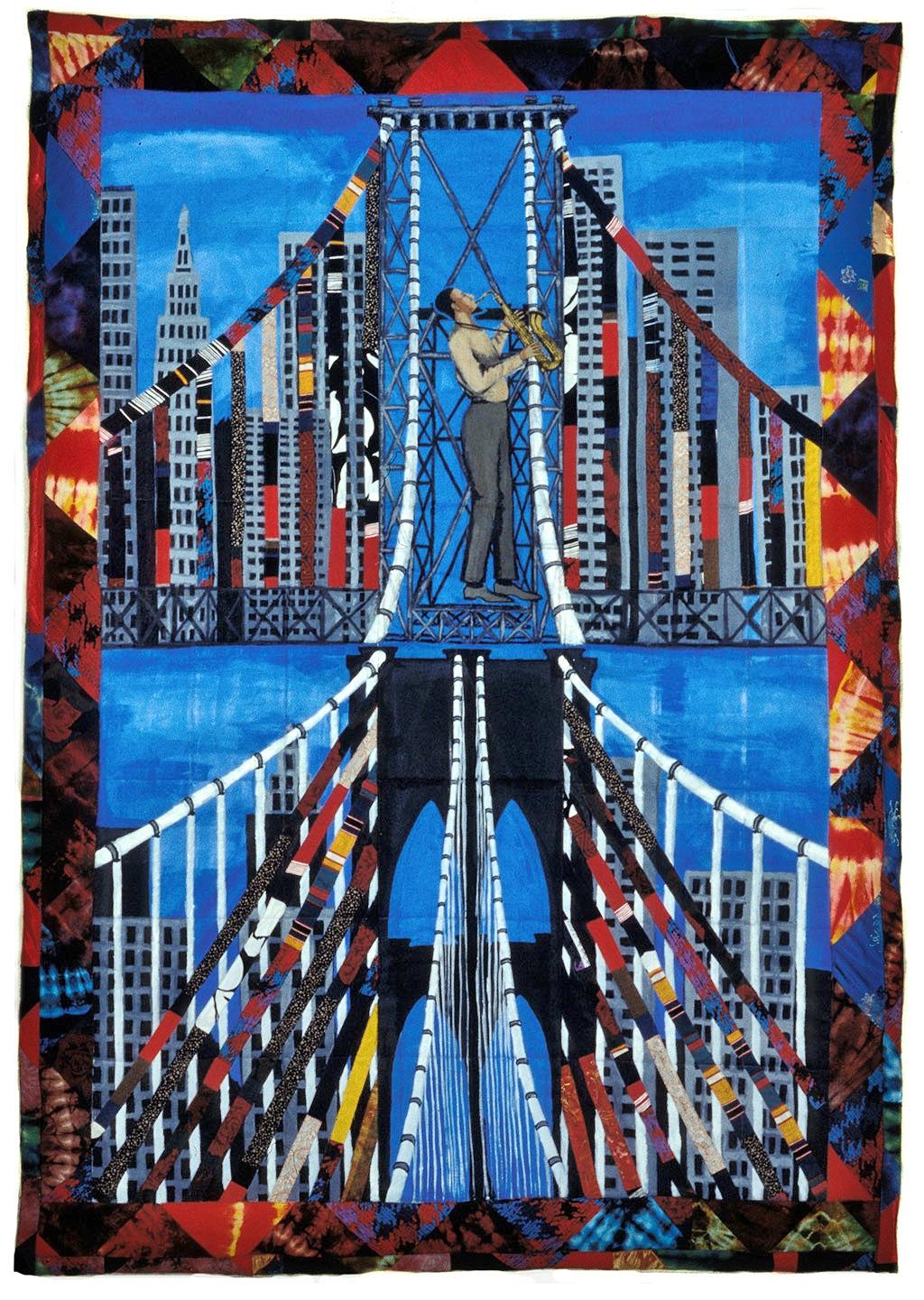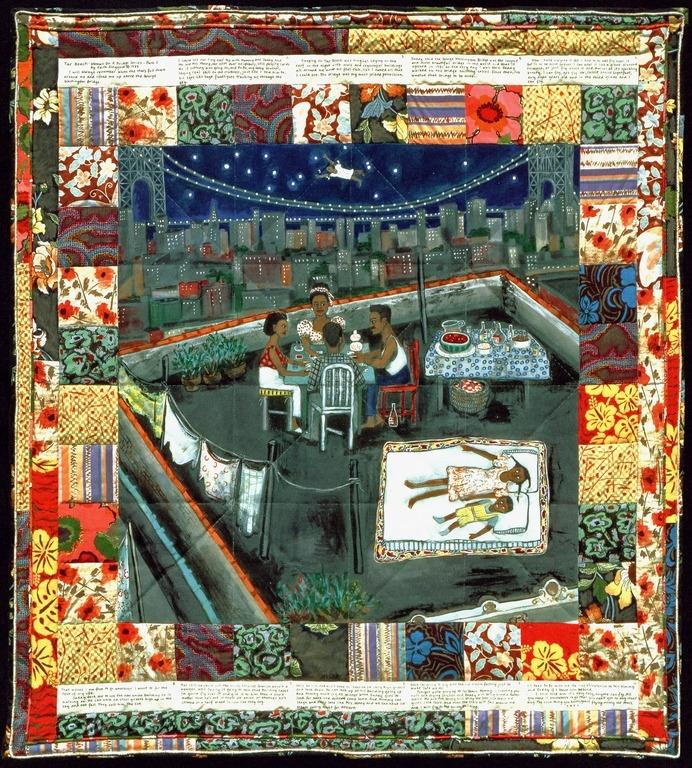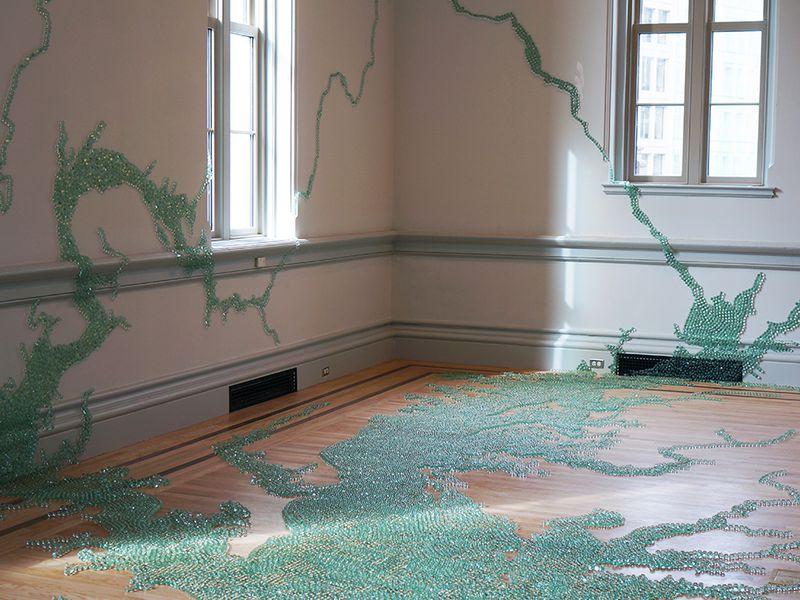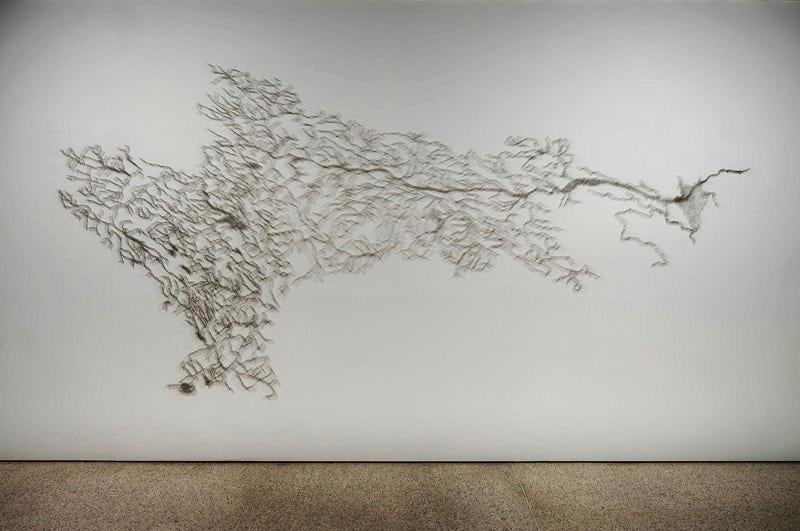One of the saddest aspects of the COVID-19 crisis beyond the tremendous human toll it has taken has been the evaporation of cultural opportunities. With live performances canceled for entire seasons, and art museums closing their doors, it can seem like very dark days for those who love the arts.
That is the case of the St. John’s College community. By early March, its Mitchell Gallery, perhaps one of the most innovative art spaces in the Chesapeake Region, has closed its doors to both faculty and staff, as well as the general public. And while there was some hope that it could reopen this September, St. John’s, along with many other colleges, finally decided that the Fall semester would need to be done by remote learning.
Learning about art remotely, let alone seeing it, would be a challenge for any art institution, large or small, but that hasn’t stopped Lucinda Dukes Edinberg, the Mitchell’s full-time art educator, with the gallery’s exhibition schedule.
With years in the planning, Edinberg and the Mitchell are still moving forward this month to showcase the work of Jacob Lawrence. Entitled “Jacob Lawrence: Three Series of Prints: Genesis | Toussaint L’Ouverture | Hiroshima.”
In her Spy interview from a few weeks ago, Lucinda highlights how the Mitchell has had to adapt to the less than perfect virtual world to underscore Lawrence’s remarkable contributions to American Art. But she also talks about the creative ways the gallery has used the internet to reach larger audiences.
This video is approximately for four minutes in length. Photo credits to Jacob Lawrence and and Landau Traveling Exhibitions. For more information about the Mitchell at St. John’s College or the schedule for the Jacob Lawrence exhibition, please go here.










